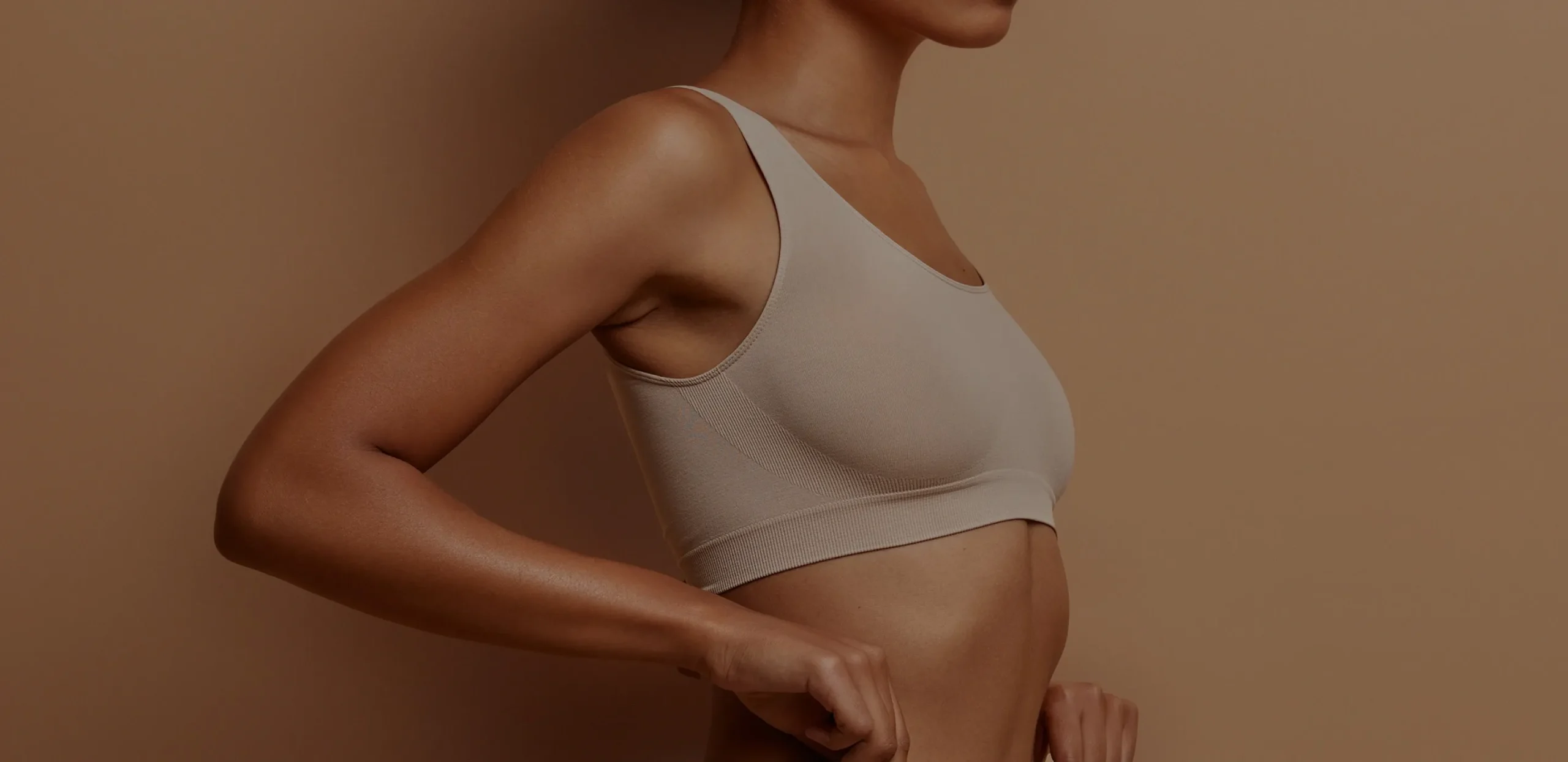
The query regarding whether breast aesthetics can genuinely enhance body confidence ventures into a complex, often emotionally charged intersection of psychology, culture, and personal identity. To approach this question simplistically is to fundamentally misunderstand the multifaceted nature of self-esteem. For many individuals, particularly women, the breasts are not merely a functional or biological feature; they are a deeply symbolic component of femininity, sexuality, and body completeness. Discontent with their size, shape, or symmetry—whether due to natural development, significant weight changes, post-pregnancy involution, or the devastating effects of mastectomy—can create a pervasive, chronic source of anxiety, self-consciousness, and avoidance behavior. This deep-seated dissatisfaction, known as Body Image Disturbance, often extends far beyond merely disliking a physical part; it can erode one’s fundamental sense of self-worth and confidence in social, intimate, and professional settings. Therefore, when surgical intervention, such as augmentation, lift, or reduction, successfully addresses this source of distress by bringing the physical form into closer alignment with the individual’s internal body ideal, the psychological impact can be immediate and profound, acting as a catalyst for renewed self-acceptance.
This deep-seated dissatisfaction, known as Body Image Disturbance, often extends far beyond merely disliking a physical part
It is crucial to distinguish the role of breast aesthetics in body confidence from its potential role in seeking external validation. A fundamental and ethically responsible principle in cosmetic surgery is that the desire for the procedure must stem from a deeply internal motivation—the patient’s desire to feel more comfortable, complete, or proportionate for themselves. When a patient seeks surgery primarily to please a partner, conform to fleeting societal trends, or cure a pre-existing psychological condition (such as clinical depression or BDD—Body Dysmorphic Disorder), the likelihood of improved body confidence is severely diminished, if not entirely negated. The surgical outcome, no matter how technically flawless, cannot fill an internal void or fundamentally change a person’s relationship with external approval. A truly successful outcome, psychologically speaking, occurs when the procedure removes a persistent barrier to self-acceptance, allowing the patient’s existing, internal confidence to emerge and flourish without the distraction of chronic physical anxiety.
The Necessary Distinction Between Internal Desire and Seeking External Validation
The phenomenon of avoidance behavior is one of the most compelling psychological indicators that breast dissatisfaction is severely undermining confidence. Individuals who are chronically unhappy with their breasts often engage in elaborate strategies to hide them, ranging from wearing oversized, restrictive clothing to avoiding activities like swimming, gym participation, or intimate situations where the area would be exposed. This avoidance is a constant, subtle drain on mental energy and quality of life, effectively shrinking the patient’s world. When an aesthetic procedure, whether it is a reduction mammoplasty to alleviate physical and psychological burden or an augmentation to restore volume and projection, provides a result that the patient perceives as “normal” or “correct,” this avoidance behavior often evaporates quickly. The patient may report suddenly feeling comfortable in clothes they previously shunned, eagerly participating in social activities, and experiencing a marked decrease in the mental energy spent on self-surveillance—all direct indicators of genuinely improved confidence and freedom.
This avoidance is a constant, subtle drain on mental energy and quality of life, effectively shrinking the patient’s world.
The impact of breast aesthetics is not limited to size or volume; symmetrization and proportion play an equally critical, though often less discussed, role in restoring self-confidence. Significant asymmetry is a remarkably common condition, yet when it is pronounced, it can be a persistent source of emotional distress and a feeling of bodily imperfection. Likewise, for women who have undergone a mastectomy, reconstructive surgery is not merely an aesthetic choice; it is a profound act of psychological and physical restoration that can be central to reclaiming a sense of wholeness following a traumatic illness. The goal of these procedures is less about achieving an idealized shape and more about restoring a fundamental sense of bodily congruence—that the body is aligned, balanced, and visually complete. The improved confidence here stems from a reduction in physical anxiety and a restoration of the perceived “natural” contours of the body, allowing the individual to feel less stigmatized or flawed.
The Underappreciated Psychological Value of Symmetrization and Bodily Congruence
The type of breast surgery performed—and its corresponding psychological trajectory—varies wildly depending on the patient’s chief complaint. For those seeking reduction mammoplasty, the confidence boost is often multifaceted, addressing both the aesthetic and the physical burden. Large breasts can cause chronic physical ailments like back pain, neck strain, and bra-strap grooves, which act as daily reminders of the body’s disproportion. For these patients, the improved confidence is intrinsically linked to the sudden alleviation of physical discomfort, allowing them to exercise more freely, stand straighter, and purchase clothing without the constant struggle of fit. The psychological benefit is relief from pain and the freedom of functional mobility, which translates directly into enhanced body competence and self-assurance. This is distinct from augmentation, where the boost is typically derived from achieving a desired volume and projection.
For these patients, the improved confidence is intrinsically linked to the sudden alleviation of physical discomfort
A significant but frequently overlooked factor in the long-term maintenance of improved confidence is the quality of the surgeon-patient communication. Body confidence post-surgery is not guaranteed by the technique alone; it is established by the patient’s active involvement in the decision-making process and the surgeon’s ability to set realistic expectations. A surgeon who listens intently to the patient’s motivations, understands their desired feeling rather than just their desired size, and clearly articulates the limitations and potential outcomes of the procedure is fostering psychological resilience. When the patient feels heard, respected, and fully informed about the potential final result, they are far more likely to integrate the new aesthetic change positively into their self-image, rather than perceiving the results as a passive imposition or an immediate failure to meet an idealized, unrealistic vision.
The Indispensable Role of Realistic Expectations and Patient-Centric Communication
The relationship between the aesthetic change and confidence is never a simple linear cause-and-effect. It is heavily mediated by the patient’s pre-existing psychological framework. For an individual with a relatively stable self-esteem but a specific, isolated source of physical distress (the breasts), the surgery can act as a targeted intervention with a high probability of success. However, for a patient with deep, pervasive feelings of unworthiness, the surgical change often fails to translate into lasting confidence. This is where the importance of pre-surgical psychological screening and counseling emerges. Identifying and addressing underlying psychological vulnerabilities ensures that the patient is not placing the entire burden of their happiness and self-worth onto a single physical alteration, a burden no surgical procedure can realistically bear. The procedure can change the container, but it cannot fundamentally change what is inside the container without prior internal work.
This is where the importance of pre-surgical psychological screening and counseling emerges.
The long-term success of improved confidence relies not just on the immediate post-operative result but on the individual’s ability to successfully integrate the new aesthetic identity. This integration is an active process that takes time, often months, as the patient adjusts to the final shape, the feel of the implants, or the new contour. It involves a shift in self-perception and, often, a shift in how the patient believes they are perceived by others. The confidence boost is solidified when the patient moves past constantly checking the surgical site and starts simply living with the new shape—when the breasts become a non-issue, no longer a source of daily anxiety. It is the moment when the patient realizes that their improved confidence stems not from having “perfect” breasts, but from no longer having to constantly worry about the breasts they do have.
The Long-Term Process of Integrating the New Aesthetic Identity into Self-Perception
The cultural context surrounding breast aesthetics provides an often-unacknowledged layer of influence on a woman’s confidence trajectory. Societal beauty standards are constantly shifting, and the ideal breast shape, size, and cleavage are subject to the volatile forces of media and fashion. For a woman whose motivations were truly internal, these external pressures become less relevant post-surgery. However, for those who were seeking an aesthetic that mirrored a current trend, the confidence boost can be fleeting as standards evolve, potentially leading to future dissatisfaction. The most resilient form of confidence derived from breast aesthetics is that which is immune to external cultural standards, rooted instead in the patient’s satisfaction with their body’s personal, balanced proportionality. This detachment from cultural volatility protects the psychological investment made in the procedure.
The most resilient form of confidence derived from breast aesthetics is that which is immune to external cultural standards
The distinction between cosmetic surgery and reconstructive surgery further clarifies the confidence equation. For patients undergoing breast reconstruction following cancer, the procedure is inherently tied to survival, restoration, and the overcoming of trauma. The resulting improvement in body confidence is not merely aesthetic but existential. The reconstructed breast acts as a physical symbol of healing and a return to wholeness, often allowing the patient to close the emotional chapter of illness and move forward with their lives. While cosmetic augmentation provides an optional enhancement, reconstruction provides a vital restoration of the body’s narrative, leading to a confidence that is deeply restorative and life-affirming. This difference in motivation often yields the most profound and lasting psychological improvements.
Distinguishing the Existential Confidence of Reconstruction from Cosmetic Enhancement
Finally, the relationship between breast aesthetics and body confidence is profoundly influenced by the patient’s relationship with their clothing and physical activities. For many, the confidence struggle manifested daily in dressing—either being unable to find clothes that fit or feeling ashamed in clothes that fit poorly. Post-surgery, the newfound ability to wear diverse clothing styles—from simple t-shirts to formal wear—without constantly worrying about symmetry, support, or protrusion can be incredibly liberating. Similarly, the return to physical activities like running or yoga, often made difficult or painful before reduction or lift, re-establishes a sense of physical mastery. This functional and practical improvement, the quiet confidence of simply being able to live freely and comfortably in one’s clothing, often outweighs the purely visual aesthetic change in terms of daily self-assurance and belief.
Final Assessment: The Catalyst for Self-Acceptance, Not the Cure for Discontent
Breast aesthetic procedures are potent tools that can remove a specific barrier to self-acceptance, transforming chronic physical dissatisfaction into body congruence, thus allowing inherent confidence to manifest.
